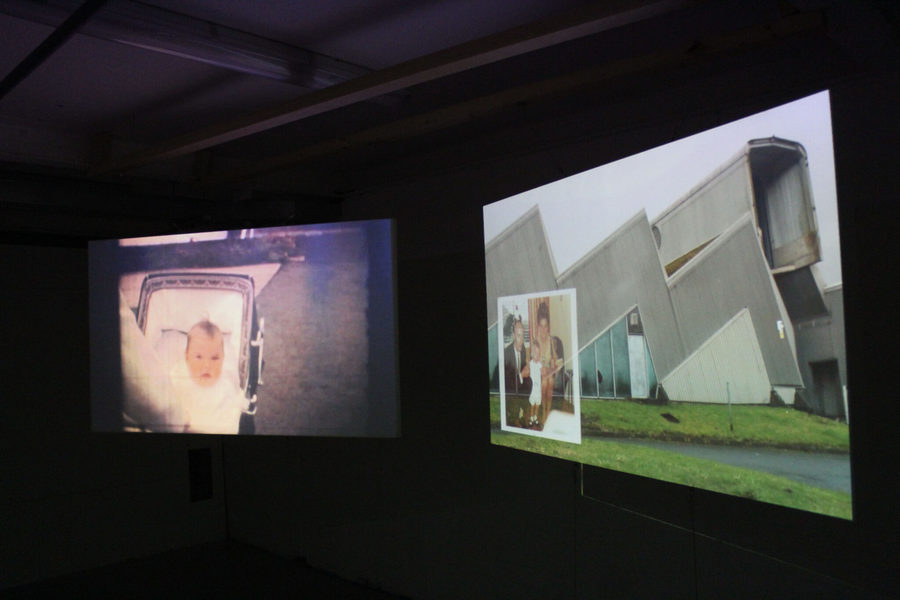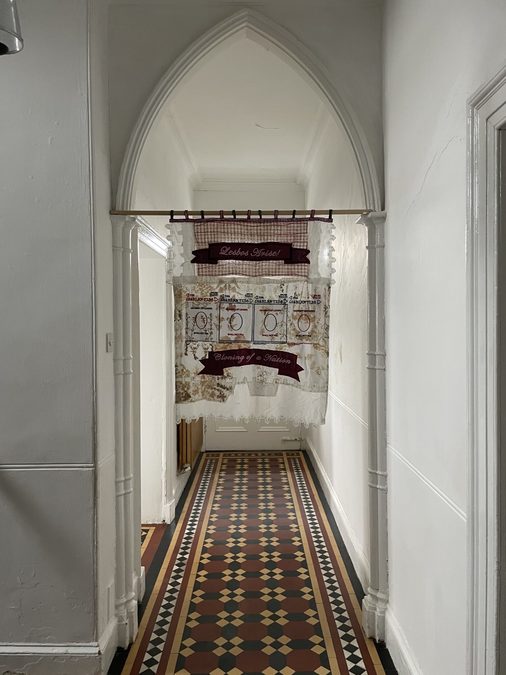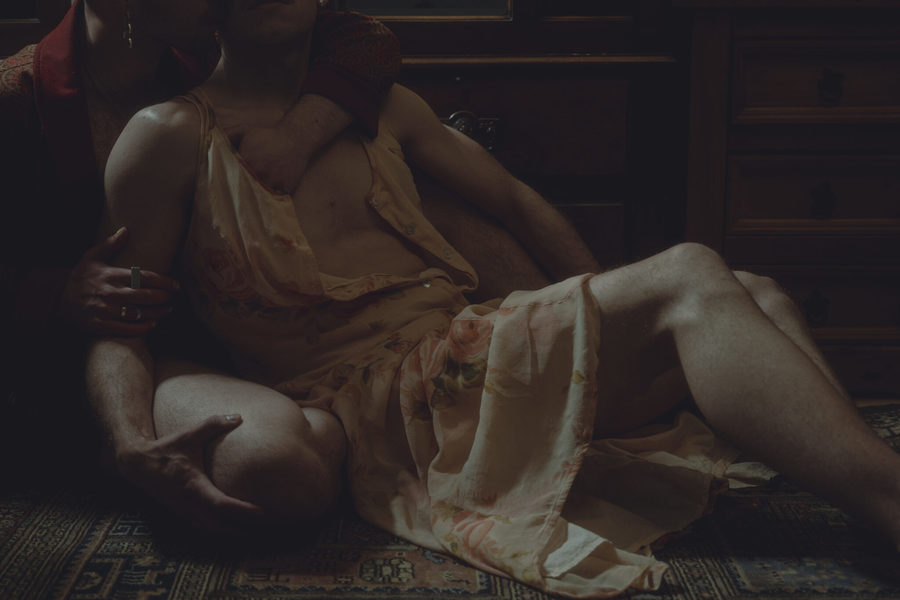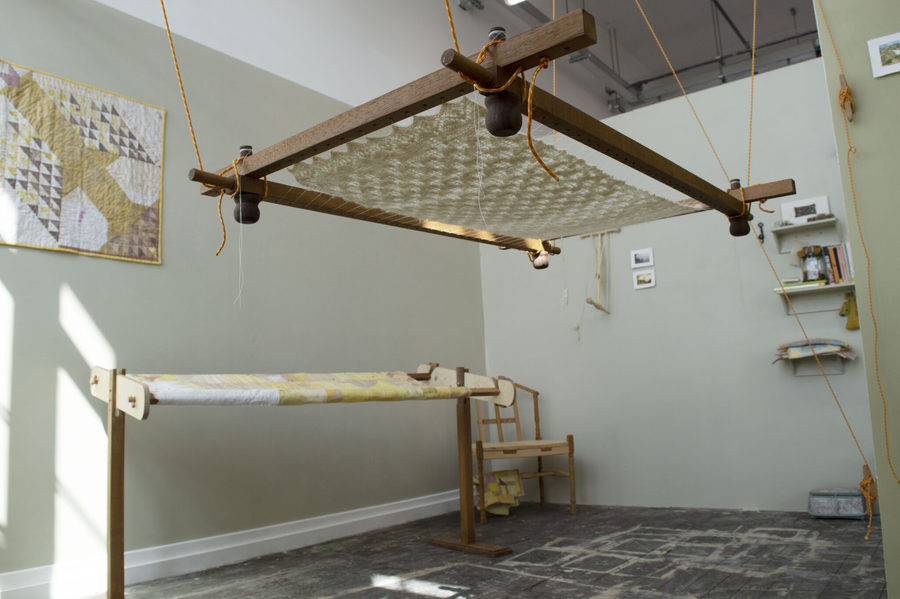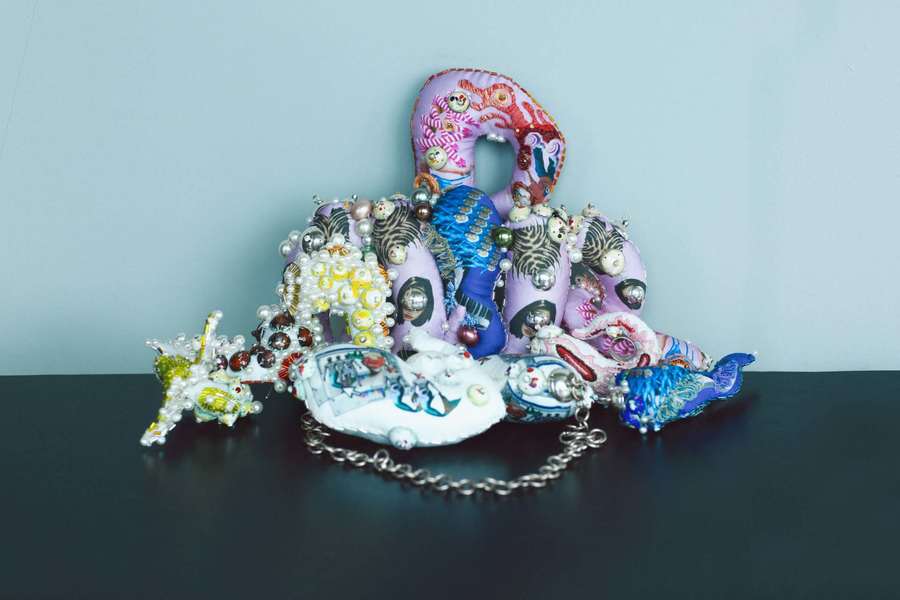Glasgow School of Art Degree Show 2023: The review
This year's degree show at Glasgow School of Art sees graduates thoughtfully addressing chronic illness, queer representation and working class pride
I love overhearing the honest thoughts of fellow exhibition visitors. Often witty in their reflections, sometimes these discussions feed into my writing because verbal anecdotes are not copyrighted (but I do try to not let these distort my instinctive emotional response to artworks on display). From a decade or so of eavesdropping in exhibitions, I have found that when we see something which doesn’t quite make sense to us, and therefore unlocks discomfort, we might feel embarrassed on behalf of the artist or even the friend who has joined us in the gallery. As I leave the Stow building, temporary home to four floors’ worth of BA Fine Art students’ work, a stranger comments: “That was good, but some of it was very student-y”. Well, these are students who, at the end of four years of study, are still experimenting with materials and not latching onto predetermined themes – something which is very exciting to witness.
Abstracted and rose-tinted intimacy foregrounds Samuel Temple’s three-screen sensation, By The Bedside. Slow and undulating movement, mirroring a special kind of grief reserved for recollecting past intimacy, fills the darkly lit space. In the artwork’s triangular formation, memory becomes painfully distorted. Setting is everything: one screen projects a body, gaze averted, fading into a barely decorated room which could be taken from a Vincent Van Gogh still life. These are breathing photographs taken straight from a lover’s subconscious and cast into the bedroom. In their queerness, the viewer is privy to a secret album which has historically been deemed private. As the title suggests, the bedside table takes on symbolic status; the viewer might be drawn to imagine its contents – perhaps an unorganised stash of genuine photographs or a diary filled with the remnants of a relationship’s intoxicating beginning and isolating end.
Downstairs, Hannah Turner, another fine art photography student, employs a double channel film to stimulate nostalgia. She created Memories Linger in the Air to interrogate industrial boom and demise through the focal point of the now-derelict Scottish Cummins factory in Shotts. Serving as a moving portrait of Turner’s grandfather and his descendants, whose ties to the production line run deep, working class graft is made determinedly visible. Turner plays with an artful layering of archival family film and new vignettes from the surrounding landscape of where her close relatives lived and worked. On the day I caught the degree show, the sound from Memories Linger in the Air was interjected by an intergenerational laughter between the artist and her family. Radiating pride, her relatives looked on at their younger selves immortalised in a gallery context, the footage crackling under the weight of time.
On a seemingly less serious note, Polly Smith’s ElectroEncephaloGram advances knit bombing into a hazy, psychedelic realm. Enticed in by a kinetic booth resembling a Glasgow Subway seat, (which wobbles rather vigorously) an unlikely commuter with gangly arms the colour of Irn-Bru sits opposite. Utilising knitwork to the most minute degree, cigarettes are strewn across the floor and a revised Subway map with renamed stops (Kelvinbridge becomes Crabby wabby) is provided. Yet, for all its novelty, Smith cites intersectionality as a spurring source of inspiration for ElectroEncephaloGram; the Subway could be a nod to the general inaccessibility of public transport. In the Innovation School, Nilanjana Mannarprayil similarly worked with garish colours and eccentric patterns to create her life-enhancing product, Loopd. Taking the sterility out of healthcare, Mannarprayil creatively instils control in the hands of people with chronic illnesses through an app, funky prescription packaging and customisable care stickers.
In the Reid Building, Lydia Budler has sewn a dexterous textile collection in homage to lesbian memorabilia found at Glasgow Women’s Library Archives and beyond. Confined to a small stand, Budler’s portfolio needs the open air to fully convey its impressive scope and radical potential as garments and banners; these are textile art pieces made for protest. Countless hours must have been poured into the intricate beadwork, as Budler crafted care and compassion into the fabric of Sappho’s story. The themes of desire and passion present in Sapphic tales brings me to Fantasy Incubus by jeweller Yulan Zou. Extravagant in scale and style, Zou’s rings, earrings, and necklaces emerge like sea creatures from the depths of our psyches. Inspired by sex dreams and Asian depictions of eroticism, these tentacled treasures unveil repressed fantasies.
Overarchingly, an emphasis on sustainability and interactivity was clearly pushed across the school showcases. Some of the simple ways artists demonstrated awareness of these priorities included leaving seeds for visitors to take home and harvest or decorating a wall of their nook with chalkboard paint. Ted Tinkler’s handcrafted installation, which saw two live performances, thoughtfully epitomised these prioritises.
